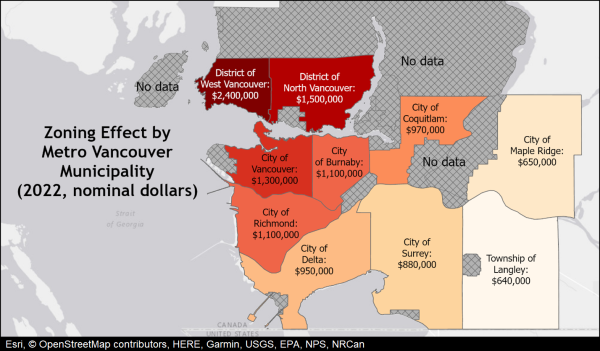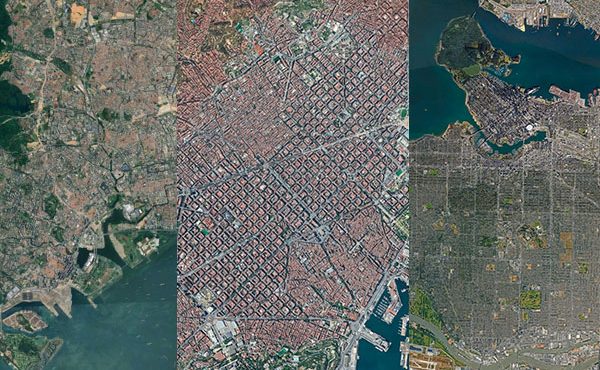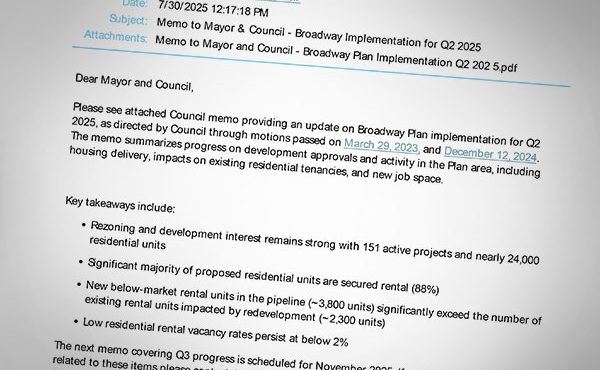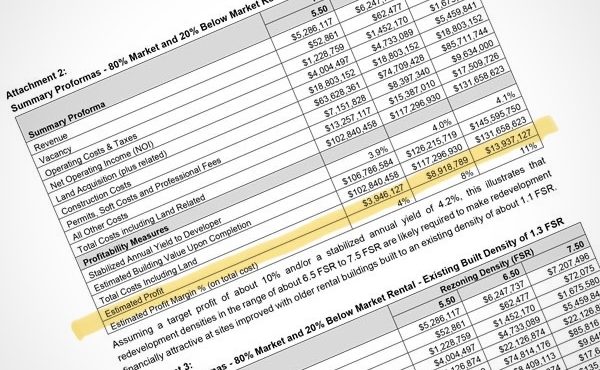
Social cohesion, environmental health, and industrial development are paramount characteristics to sculpting a sustainable community. Yet a recent, ground-breaking report by a graduate student at Simon Fraser University found zoning restrictions are largely exacerbating British Columbia’s erratic housing costs and supply shortage.
With an interdisciplinary knowledge of geography and environmentalism, Nathan Zemp’s scholarly endeavour aims to explore how informed economic frameworks and municipal land regulations can effectively empower policy changes around purchasing an affordable property. His report on stagnant zoning bylaws across 30 cities in British Columbia combined an aggregated summary of previous data from 2016 and recent statistics to derive riveting conclusions on the province’s housing phenomenon. From height restrictions to floor area ratio and design guidelines, Nathan asserts conservative policies around housing infrastructures make it difficult to address inflated rent and growing sociodemographic demands.
“A lot of people believe that off-zoning is bad and leads to unaffordability,” says Nathan in a video call. “But adversely, preventing gentrification to keep things affordable is the complete opposite. Of course, new buildings are more expensive than older buildings. But the cost and supply of new buildings is needed to keep up with the population growth, otherwise, rent will rise expeditiously.”
In fact, numerous existing pieces of literature examining the socioeconomic shift in gentrified neighborhoods have attested to reap significant benefits. Despite its insidious reputation as an urban ravager, redeveloping debilitated communities has enhanced long-term educational opportunities, local industrial expansion, and reduced violent crime rates.
To illustrate, a 2019 study from New York University which analyzed previous data of gentrified areas between 2009 to 2015, found the process has immensely helped sustain local population growth through improved living conditions and economic growth.
As a result, Nathan asserts a major reform in Vancouver’s conservative zoning bylaws is necessary to not only meet the surging sociodemographic needs of various communities but to expand access to property ownership among youths. However, due to inflated rent, the housing market is currently monopolized by upper-class residents and those upholding longer generational status.
“That is why you see houses selling for millions and millions of dollars,” says Nathan. “As a result of the housing shortage not only are the prices overinflated in Vancouver, but rent is also overinflated because not enough apartment buildings can be built to keep up with demands.”
Fortunately, in an attempt to decentralize ownership opportunities, Nathan’s riveting commentary on the zoning effect suggests housing infrastructure should be situated across broader, hyperdense patches of land to reduce property costs. “There are so many more apartments that instead of only the richest, it would go from 60 percent of people only able to afford apartments to 90 or 95 percent of people,” says Nathan. “When you get rid of this artificial constraint on housing, land becomes less expensive and that makes it more possible for organizations like BC Housing and nonprofits to build public housing for those who still can’t afford rent. So, it makes the prices go down, which makes it easier for the middle class and upper end of poor people to afford housing.”
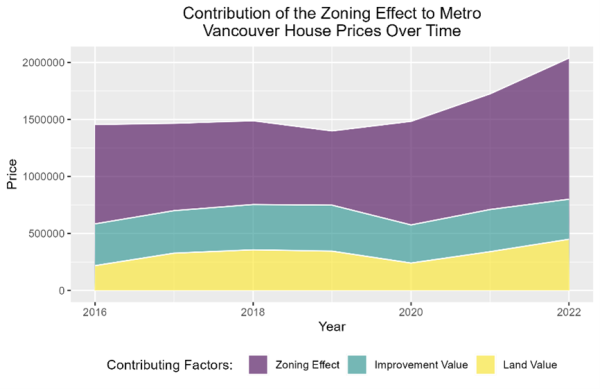
However, as rapid population growth and scarce housing supply continue to intensify across the province, sacred agricultural lands are under dire threat by increasing suburban expansion. Many neighborhoods across Vancouver are characterized by low-density, single-zoning regions where increased reliance on private transportation has degraded ecological health and land resources. “Our urban sprawl can only go so far and we started hitting that in a really serious way,” says Nathan. “The percentage of our land basis available for green field development today is extremely small. Much smaller than probably any other metro area in North America.”
Indeed, numerous studies on the significance of preserving arable land resources for agricultural production found promoting policies around sustainable urbanization practices can help create a robust local food supply and avoid inflated grocery costs. Nathan feels cities should be implementing policy reforms around land regulations and housing infrastructures that fulfill communal needs without environmental degradation. For instance, access to nearby transportation services is an ecological approach to addressing population growth.
However, the congested, socially enriching, and cultural vibrance of downtown regions has attracted many potential homebuyers who are outnumbering the province’s housing supply due to land restrictions. Consequently, Nathan’s astute investigation of the provincial zoning effect reveals a dire need to create flexible zoning bylaws that naturally acclimate to home ownership’s shifting sociodemographic demands. “So instead of saying this neighbourhood is for single-family homes, we can build up to the height of the tallest building within a one-block radius so that as cities grow outwards naturally, the zoning bylaws automatically allow higher buildings based on what is already in the neighborhood.”
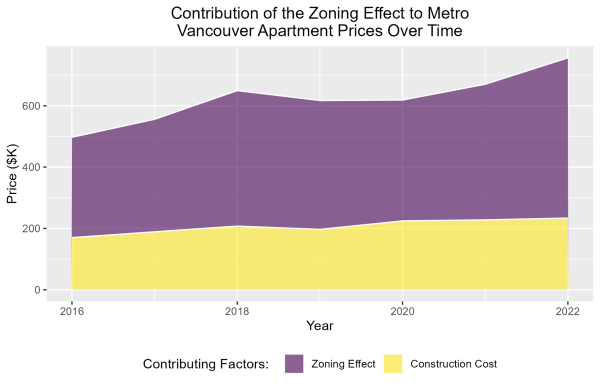
While this alternative solution had yet to be espoused across North American housing policies, fortunately fostering an inclusive dialogue around the importance of density around transit-oriented services has conditioned a recent provincial legislation back in March, which Nathan comments on. “It certainly won’t get rid of the zoning effect entirely, but will help reduce it.”
***
To access a downloadable version of Housing Prices in British Columbia: Quantifying the Zoning Effect by Nathan Zemp visit SFU’s Summit Research Repository.
**
Sara is currently a fourth-year journalist student at Guelph-Humber University. She has always harbored an undying passion for educating readers on complex political phenomena, from localized events to international headlines. She is always on the lookout for opportunities to expand her political knowledge and enjoys crafting words to promote inclusive discourse on important public issues.

